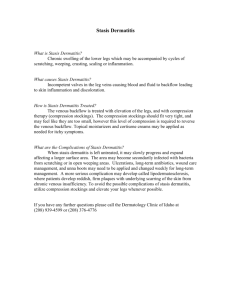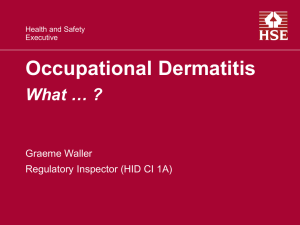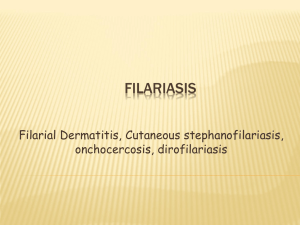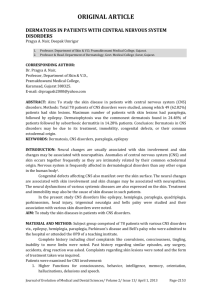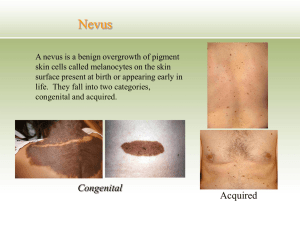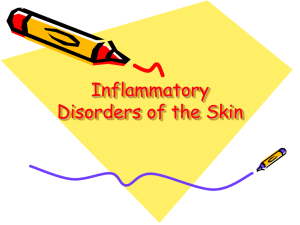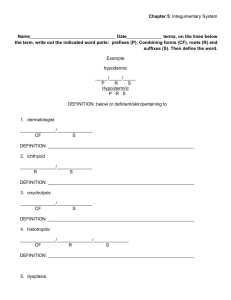Writing a Research Abstract
advertisement
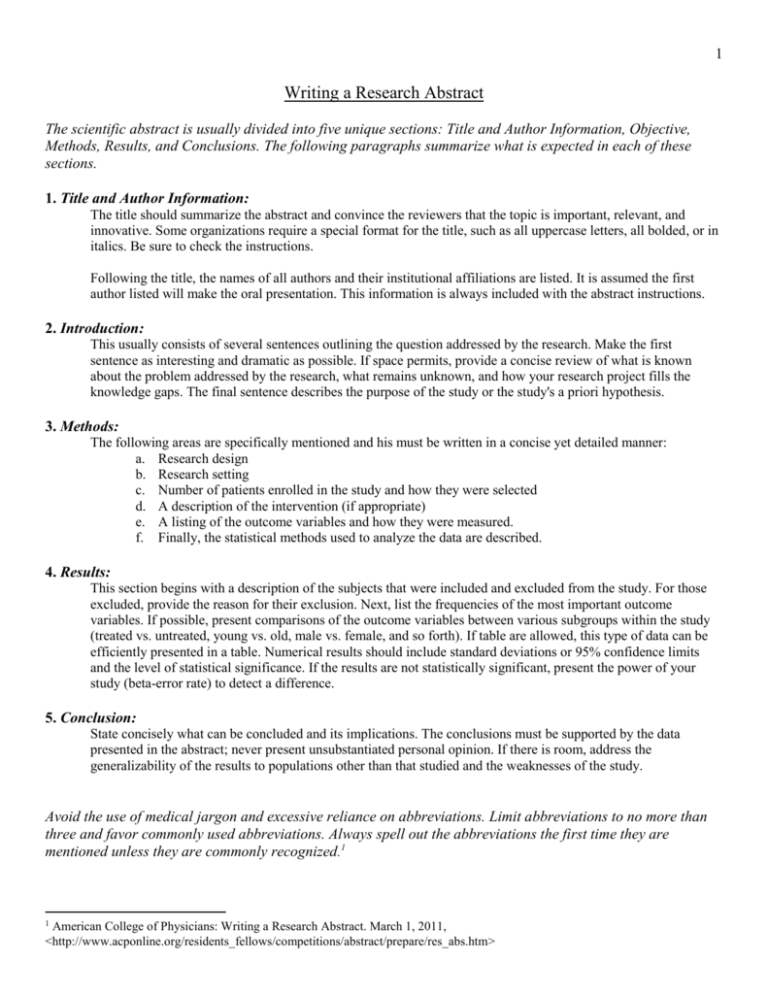
1 Writing a Research Abstract The scientific abstract is usually divided into five unique sections: Title and Author Information, Objective, Methods, Results, and Conclusions. The following paragraphs summarize what is expected in each of these sections. 1. Title and Author Information: The title should summarize the abstract and convince the reviewers that the topic is important, relevant, and innovative. Some organizations require a special format for the title, such as all uppercase letters, all bolded, or in italics. Be sure to check the instructions. Following the title, the names of all authors and their institutional affiliations are listed. It is assumed the first author listed will make the oral presentation. This information is always included with the abstract instructions. 2. Introduction: This usually consists of several sentences outlining the question addressed by the research. Make the first sentence as interesting and dramatic as possible. If space permits, provide a concise review of what is known about the problem addressed by the research, what remains unknown, and how your research project fills the knowledge gaps. The final sentence describes the purpose of the study or the study's a priori hypothesis. 3. Methods: The following areas are specifically mentioned and his must be written in a concise yet detailed manner: a. Research design b. Research setting c. Number of patients enrolled in the study and how they were selected d. A description of the intervention (if appropriate) e. A listing of the outcome variables and how they were measured. f. Finally, the statistical methods used to analyze the data are described. 4. Results: This section begins with a description of the subjects that were included and excluded from the study. For those excluded, provide the reason for their exclusion. Next, list the frequencies of the most important outcome variables. If possible, present comparisons of the outcome variables between various subgroups within the study (treated vs. untreated, young vs. old, male vs. female, and so forth). If table are allowed, this type of data can be efficiently presented in a table. Numerical results should include standard deviations or 95% confidence limits and the level of statistical significance. If the results are not statistically significant, present the power of your study (beta-error rate) to detect a difference. 5. Conclusion: State concisely what can be concluded and its implications. The conclusions must be supported by the data presented in the abstract; never present unsubstantiated personal opinion. If there is room, address the generalizability of the results to populations other than that studied and the weaknesses of the study. Avoid the use of medical jargon and excessive reliance on abbreviations. Limit abbreviations to no more than three and favor commonly used abbreviations. Always spell out the abbreviations the first time they are mentioned unless they are commonly recognized.1 1 American College of Physicians: Writing a Research Abstract. March 1, 2011, <http://www.acponline.org/residents_fellows/competitions/abstract/prepare/res_abs.htm> 2 Example Abstract Seborrheic Dermatitis in Patients with Acquired Immunodeficiency Syndrome. Barbara M. Mathes, MD (Associate); Margaret Douglass, MD. Department of Dermatology, Henry Ford Hospital, Detroit, Michigan Introduction: Several skin conditions are known to be associated with the acquired immune deficiency syndrome (AIDS). Our clinical observations suggested the hypothesis that seborrheic dermatitis is an underrecognized but common skin manifestation of AIDS that has important, short-term prognostic significance. Methods: All patients with AIDS seen at the Henry Ford Hospital, an urban hospital, during a one-year period were enrolled in a cohort study. Each patient underwent a comprehensive skin examination. All skin conditions were noted, and the severity of seborrheic dermatitis was graded. A group of sex and aged matched patients seen during the same time period served as a control group. In the second part of the study, AIDS or HIV patients with the most severe grades of seborrheic dermatitis were compared to patients with mild or no seborrheic dermatitis for short term mortality. Comparisons were analyzed with chi square and relative risk calculations. Results: Eighteen patients with AIDS and 12 patients with HIV infection were enrolled (29 males, 1 female). Thirty age and sex matched controls were randomly selected from the patient roster. The most common risk factors for the cases were homosexuality and IV drug abuse. Eighty percent (15/18) of AIDS- and 42% (5/12) of HIV-infected patients had seborrheic dermatitis compared 10% (3/10) of controls (P <0.001 AIDS vs. controls, P =0.07 for HIV patients vs. controls, and P = 0.01 for AIDS- vs. HIV-infected). The severity of seborrheic dermatitis seemed to be associated with short-term prognosis. Of the 6 patients who died during the study, 3 developed severe seborrheic dermatitis within six months and 2 developed moderate seborrheic dermatitis within a year of their deaths (relative risk = 2.5, 95% CI = 1.9–3.3). Of the 5 HIV infected patients with seborrheic dermatitis, 2 with moderate grade progressed to AIDS and one subsequently died during the study period. Conclusion: There is a significant increase in seborrheic dermatitis in patients with AIDS, and the severity of seborrheic dermatitis may have short-term prognostic significance.2 2 American College of Physicians: Example Abstract. March 1, 2011, <http://www.acponline.org/residents_fellows/competitions/abstract/prepare/sciab_ex.pdf>

